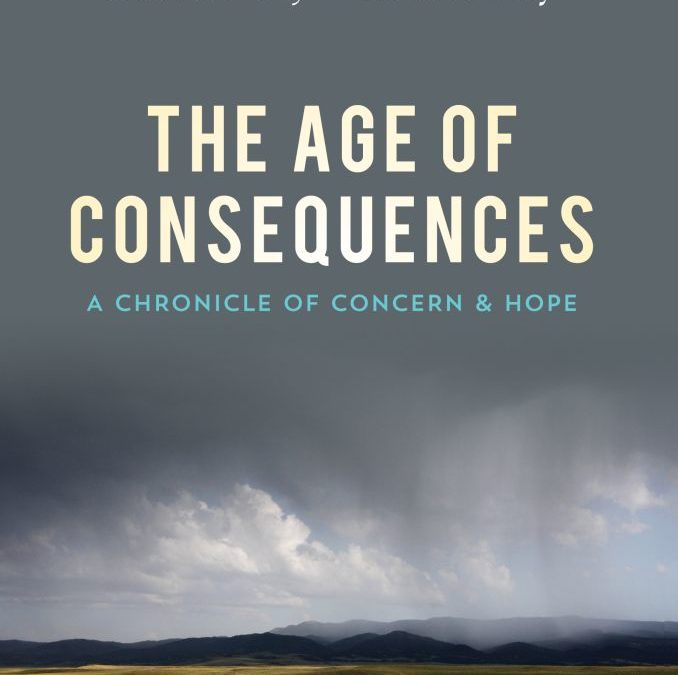
by studioxadmin | Dec 4, 2020 | Books, Nonfiction
Right now, the only possibility of large-scale removal of greenhouse gases from the atmosphere is through plant photosynthesis and related land-based carbon sequestration activities. These include a range of already proven practices: composting, no-till farming, climate-friendly livestock practices, conserving natural habitat, restoring degraded watersheds and rangelands, increasing biodiversity, and producing local food. Grass, Soil, Hope takes readers on an entertaining journey on how all these practical strategies can be bundled together into an economic and ecological whole.
“Hope in a book about the environmental challenges we face in the 21st century is an audacious thing to promise, so I’m pleased to report that Courtney White delivers on it. He has written a stirringly hopeful book.”
– Michael Pollan, from the Foreword

by studioxadmin | Dec 4, 2020 | Books, Nonfiction
We live in what sustainability pioneer Wes Jackson calls “the most important moment in human history.” The various challenges confronting us are like a bright warning light in the dashboard of a speeding vehicle called Civilization, accompanied by an insistent buzzing sound. White calls this moment the Age of Consequences – a time when the worrying consequences of our hard partying over the past sixty years have begun to raise anguished questions. The book is a series of essays that blend headlines with personal narrative and observation, travel, research, and hopeful answers.
“White strikes a refreshing tone that will resonate with readers turned off by the superior or condescending attitudes of some environmentalist writers…Throughout, he balances abstract questions and ideas with tangible life experiences…Readers will be engaged by his frank and thoughtful discussion of our modern environment.”
– Kirkus Review

by studioxadmin | Dec 4, 2020 | Books, New, Nonfiction
This book profiles fifty innovative practices that soak up carbon dioxide in soils, reduce energy use, sustainably intensify food production, and increase water quality and quantity. Why “two percent”? It is an illustrative number meant to stimulate our imaginations. It refers to: the amount of new carbon in the soil needed to reap a wide variety of ecological and economic benefits; the percentage of the nation’s population who are farmers and ranchers; and the low financial cost needed to get this work done. Using photographs, graphics and short essays, the book is a great introduction for readers of all stripes.
“This book is Courtney White’s most important work. It is the best practical guide to how we can begin to address the significant, unavoidable challenges awaiting us in our not-too-distant future. It inspires us to address these challenges creatively, especially with respect to our food and agriculture future, and to do it in cooperation with nature in ways that also heal the planet.”
– Frederick Kirschenmann, author of Cultivating an Ecological Conscience


